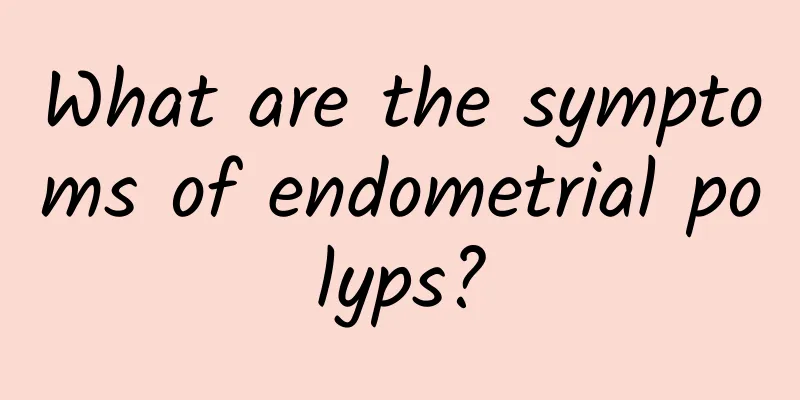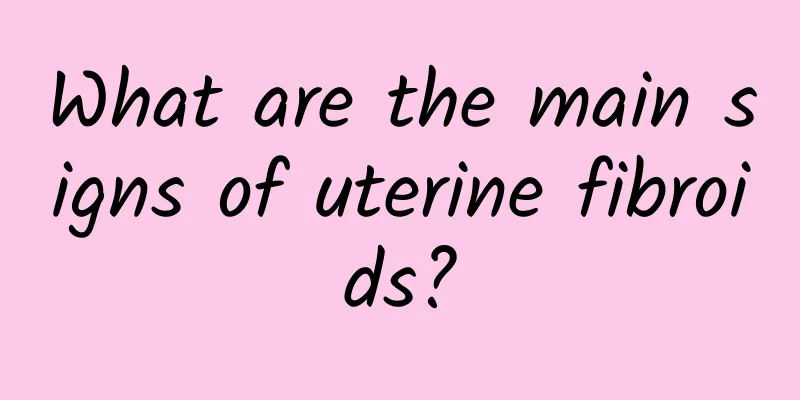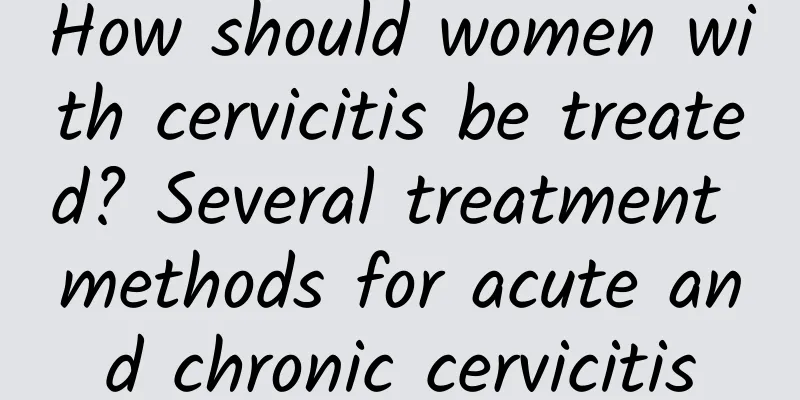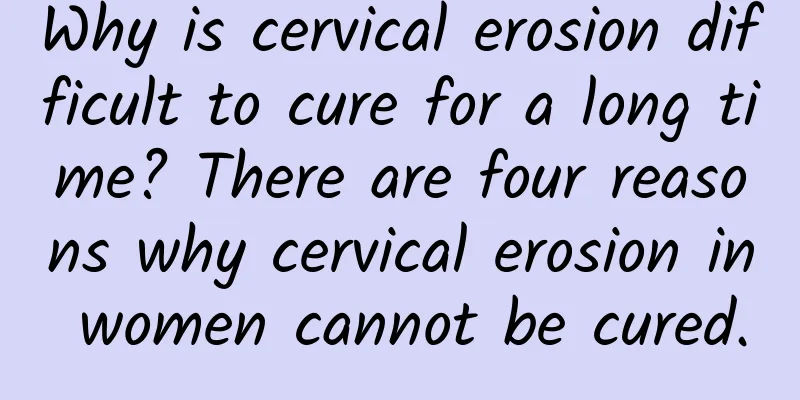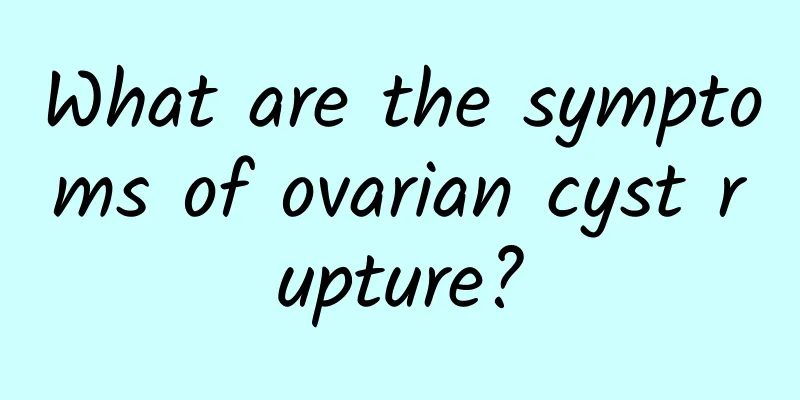Overview of Ovarian Cysts
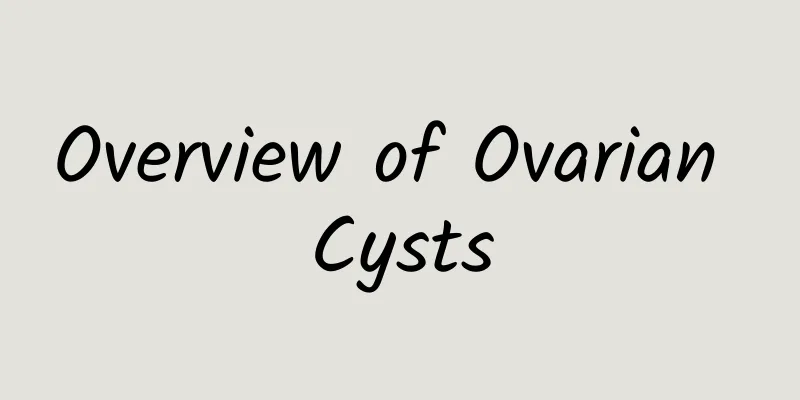
|
Ovarian cyst is a kind of ovarian tumor in a broad sense. It can be roughly divided into functional cyst, hemorrhagic cyst, serous epithelial cyst, mucinous epithelial cyst, chocolate cyst, teratoma, ovarian cancer, endometrioid tumor and other types. It is a common tumor of the female reproductive system. The cause of the disease is still unclear. It is believed to be related to genetics, environment, living habits and mental state. The main symptoms of ovarian cyst patients are excessive and yellow leucorrhea, leucorrhea odor, menstrual disorders, sexual intercourse pain, etc. Patients often feel pain and discomfort in the lower abdomen. Due to the weight of the tumor and the involvement of the pelvic funnel ligament, they feel a sense of falling and can often feel a hard and painless mass. The waist circumference is thickened and the waist of the pants is tight. When the cyst affects the secretion of hormones, irregular vaginal bleeding and increased body hair may occur. When the cyst is large, it can compress the bladder and pelvic organs and cause frequent urination, dysuria, and constipation. Huge ovarian cysts can cause dyspnea and palpitations due to compression of the diaphragm. The diagnosis of this disease is not difficult based on the patient's clinical manifestations, combined with auxiliary examination methods such as ultrasound, laparoscopy, abdominal plain film, electronic computer tomography, intravenous pyelography, lymphangiography, etc. The benign and malignant nature of the tumor can be determined by checking antigen markers, enzyme markers and hormone markers. At the same time, it needs to be differentiated from diseases such as fallopian tube and ovarian cysts, uterine fibroids, pregnant uterus, and adnexal inflammatory masses. Ovarian cysts are very harmful to women. They may cause complications such as ovarian tumors, pedicle torsion, rupture and bleeding, and affect women's reproductive function to a certain extent. Therefore, they should be treated actively. Generally speaking, when the tumor diameter is less than 5cm, it is mostly a functional cyst. When the tumor diameter is greater than 5cm, it is mostly an ovarian tumor and requires surgical treatment. Benign ovarian cysts can be treated with ovarian cystectomy, salpingo-oophorectomy, adnexectomy and total hysterectomy; malignant ovarian cysts can be treated with radical uterine and tumor removal together with pelvic peritonectomy, and chemotherapy or radiotherapy can be performed after surgery according to the specific situation; patients with fertility requirements can undergo ultrasound-guided interventional treatment, which has little effect on fertility and ovarian function. Ovarian cysts have a certain recurrence rate, so active prevention should be taken. In daily life, we should pay attention to strengthening diet conditioning, avoid smoking and drinking, maintain an optimistic and cheerful mood and a peaceful mentality, pay attention to keeping warm, especially during menstruation, take good protection during sexual life, and avoid artificial abortion and curettage. |
<<: Excessive stress can also cause menstrual irregularities
>>: How does Traditional Chinese Medicine understand ovarian cysts?
Recommend
How much does it cost to get a leg slimming injection?
How much does it cost to get a leg-slimming injec...
Vulvar leukoplakia does not mean vulvar cancer
What are the symptoms of vulvar leukoplakia? What...
How to treat early ectopic pregnancy? By taking medicine
A woman finally becomes pregnant and is in the pr...
Yoga for couples to relax
(Text by Huang Zhongkun and LuLu) When we are und...
What to do with back pain during menstruation
What to do if you have lower back pain during men...
How does TCM treat habitual abortion?
What are the ways of TCM to treat habitual miscar...
What are the causes of vaginitis?
Why do women get vaginitis? What are the causes o...
What is the impact of vaginitis on sexual life? What should I do if I have vaginitis?
Vaginitis is a common problem for women. It can l...
Which cause of vulvar leukoplakia is a problem that many patients are troubled by?
The cause of each female vulvar leukoplakia depen...
Always pay attention to the seriousness of ovarian cysts
In today's society, the harm of ovarian cysts...
Is viral cervical erosion contagious?
Some women are completely unaware of their cervic...
How to self-diagnose whether you have uterine fibroids?
Uterine fibroids are the most common benign tumor...
Why is cervical erosion difficult to cure for a long time? There are four reasons why cervical erosion in women cannot be cured.
It is difficult to completely cure gynecological ...
How to identify and diagnose pelvic inflammatory disease?
Pelvic inflammatory disease is a common gynecolog...
10 tips on how to lose weight healthily
Tip 1: A simple rice cooker soup for a complete m...


